Many of the new RF-mount lenses have been ultimate performers with big price tags, but fortunately there are a few “everyman” lenses on the platform, too. One of those is arguably the most practical: the Canon RF 24-240mm F4-6.3 IS USM. This is the perfect lens for those who aren’t a fan of changing lenses, who travel, or who prefer the flexibility of a 10x zoom range over ultimate image quality. The RF 24-240mm is also one of the few Canon RF lenses (to date) that is priced under $1000 ($899 USD), so you could also consider it as one of the few “affordable” native lenses to pair with an EOS R or EOS RP if you are transitioning to full frame mirrorless. The RF24-240 (as we’ll call it for brevity) is a solid effort from Canon, for while it has many of the typical compromises that a “superzoom” lens must have (one of those compromises is a WILD one), Canon has managed to give us a functional lens that delivers decent image quality across its zoom range along with good handling, autofocus, and at a reasonable price. This is a lens that was largely missing on the EF mount, as the only Canon superzoom is the large, heavy, and expensive Canon EF 28-300mm F3.5-5.6L IS USM, a lens that weighs more than twice as much and costs nearly 3x as much! Tamron offered a reasonably-priced alternative in the Tamron 28-300mm F3.5-6.3 VC PZD lens on EF mount (I reviewed it here), but thus far on the RF mount the RF24-240 has a monopoly on this type of lens. So is the only option a good one?
First of all, there’s no question that the kind of focal range offered by such a lens is incredibly useful, allowing you to go from wide angle at 24mm…
…to a nice, long 240mm telephoto end:
Both of these were taken within seconds of each other while standing in the exact same spot. There’s obviously a huge range of framing options in any scene with such a zoom range at your disposal, and that is obviously the main drawing card here.
With any superzoom lens, there will be some optical compromises involved. Engineers have to work hard to overcome the challenges of the typical flaws of a wide angle lens even when developing a wide angle prime. The same is true when developing a telephoto prime lens (one single focal length). But in a lens like this, the engineers have to try to overcome the challenges of wide angle, telephoto, and everything in between while trying to keep everything reasonably small and competitively priced. It’s no small feat. So did Canon pull it off? Read on to find out!
Want to watch your reviews? You can choose either the long format definitive review (with all the details) or the standard review (fewer details) below:
Thanks to Canon Canada for the lens loaner! I’m doing my review (and these photos are taken) on a Canon EOS R body, which is as good as it gets on Canon mirrorless until the Canon EOS R5 comes out.
Check me out on: My Patreon: | Google+: | Facebook: | Twitter: | Flickr: | 500px: | Sign Up for My Newsletter :
RF24-240 Build, Handling, and Design
The RF24-240 has a fairly familiar design like many of Canon’s consumer-grade (non L, or luxury) lenses. This includes two aspects that are increasingly controversial, namely not including moisture resistance (which the less expensive Tamron 28-300 has) along with not including a lens hood (the Canon EF-78F is an additional $40 USD). It is this latter point that I find particularly egregious, as essentially every lens that I test, regardless of price, includes a lens hood these days. That’s up to and including the Pergear 25mm F1.8 I recently reviewed that costs only $68 USD!) I still recommend getting the lens hood (the reason for that will become clear in a moment), but I will continue to criticize Canon for their decision to not include hoods on their non-L lenses.
This came back to bite me while on one of my many hikes in the Shenandoah Mountains in Virginia, USA. I was on the side of a slope and the wet leaves left over from last fall were slick. Sure enough, my feet slipped out from under me, and I went down (slowly) to my rear. I got up and moved on, and saw a little dirt on the front element of the lens (no lens hood to protect it). I got back and went to clean the front element and discovered that some of the fine gravel had actually scratched the coating on the front element.
While the damage was mostly cosmetic, and hasn’t affected performance of the lens, it was a reminder of why a lens hood is important.
There’s another quirk that I want to highlight which has to do with the control ring which is a key part of the RF-mount infrastructure. There is a useful new physical control in the addition of a “control ring” to RF mount lenses and it can be assigned a variety of different values. A couple practical ones to me include Aperture (you can use it essentially like an aperture ring) and (my current choice) Exposure Compensation. This adds another layer of physical control over the lens or camera, so I think you’ll find that you will want that Control Ring adapter for your EF lenses! I felt limited when I used the adapter without it, and loved the additional functionality when I used the control ring adapter with my EF glass. So I love the concept, but the RF24-240 is the first of the RF mount lenses that has a dual-purpose focus/control ring that you need to use a switch to choose which function it will serve. This isn’t a problem in and of itself, as most people most of the time will use the ring primarily for the control function.
It works well for this purpose, and has a diamond-pattern grip texture that varies from the ribbed texture of the zoom ring. Unlike other RF lenses, this ring doesn’t have any “clicks” when used for aperture, which makes it a nice choice for smooth aperture changes in video recording.
Where I’m less enamored is when using it for a focus ring. Not because of the quality of movement in the focus ring (not bad), but because this is also the first Canon RF mount lens to NOT have an AF/MF switch. One would think that if you switch the function to “Focus”, you could just grab the ring and focus, right?
Wrong.
You need to switch the camera from AF to MF for the ring to function. But this isn’t even a choice in the Q (Quick) menu. One has to go into the main menu to make this switch. One could (in theory) map this to a button on camera, but right now this is the only lens that would need that physical change, so it seems a little counterproductive. I find this to an ergonomic fail. I’m not opposed to the dual-purpose ring, per se, but this was clearly not the lens to skip the AF/MF switch on!
My complaints end there, however, everything else is solid here. There is a second switch that controls the IS (Image Stabilizer). This is a smart (dynamic) stabilizer that is designed to be particularly helpful during video to react to movement and correct for camera shake. The stabilizer seems to focus less on stabilizing the viewfinder and more on stabilizing the image capture. I discovered the effectiveness inadvertently, as I had been walking outside in a town and we went in for gelato. I looked up at the flavor board and saw a chance for a cool shot. I snapped a shot, and then looked to review it a few seconds later. Only then did I realize that the shutter speed had dropped to only 1/6th of a second. I was about to retake the shot with a higher ISO speed, but first I zoomed into the shot on the back of the camera and discovered the shot was perfectly sharp. I kept it and determined that I would save it to share here as real-world proof of the effectiveness of the stabilizer.
CIPA rates the stabilizer at 5 stops of shake correction, though remember (as always) that no stabilizer will stop the movement of your subject, so if you have a moving subject you still need to keep the shutter speeds up!
The RF24-240 isn’t a small lens, per se, but it is moderately sized for the focal range. That’s particularly obvious if you compare it to the massive EF 28-300L, which is vastly larger. It is roughly the same size as the Sony FE 24-240mm (a similar lens for Sony), and a bit larger and heavier than the Tamron 28-300mm mentioned. Here’s a look at a chart which compares these lenses:
You’ll note that the RF24-240 weighs in at 1.65 lb (751g) and is 3.2″ (81mm) in diameter and about 4.8″ (122mm) in length). It’s very similar in size to the Sony lens, with the Canon being slightly larger and the Sony slightly heavier. As noted, I carried the lens a lot while hiking and never had any issues with weight, though obviously everyone has different tolerances for the weight of gear. When zoomed in to 240mm the overall length grows significantly as there is a double barrel extension. I found just the slightest wobble in the barrel if I pushed on it, but everything feels fairly stable here. The zoom action is quite smooth.
The lens does have a lock to prevent zoom creep, which is welcome. The lens didn’t show a strong tendency towards zoom creep on its own, but I always find that the rubbing action of moving with a lens in a harness or on a strap invariably results in the lens barrel extending, so the lock helps prevent that.
Up front there is a 72mm filter thread that is fairly common. Inside there are seven rounded aperture blades that help to keep the aperture shape circular with the lens stopped down.
The RF24-240 follows a recent trend where there is a different MFD (Minimum Focus Distances) given for the wide and telephoto ends of the focal range.
- Wide: 1.64 ft./0.50 m
- Telephoto: 2.56 ft./0.78 m
Unlike some, however, the higher magnification is on the telephoto, not wide end. You get a maximum of 0.26x magnification at 240mm. That looks like this:
Both the autofocus and image stabilizer work very quietly, so outside the quirk I’ve detailed regarding manual focus, everything here works as it should.
Autofocus Performance
The RF24-240 employs Canon’s newer Nano-USM technology which works really well in a lens like this. Nano-USM doesn’t seem to have enough torque to drive lenses with big, heavy elements, so a more typical ring-type USM was utilized in the 50/85mm F1.2L RF lenses that I reviewed. Traditional USM has a lot of torque (good) but it isn’t as smooth or quiet (bad), and that’s particularly noticeable when recording video. This is a lens being marketed as nice video option, so Nano-USM was the better choice here, as focus is fast, accurate, and near-silent. I could faintly hear something when I put my ear up against the barrel, but I definitely couldn’t hear anything when looking through the viewfinder in any situation.
My focus results in basically every situation were good. Eye AF grabbed on well and I had good accuracy for casual portraits.
I even used the lens to track some action, though the EOS R/RF24-240 combo didn’t show well in comparison to my main tools I was testing that day (the Sony 100-400mm G Master lens mounted on a Sony a9). The EOS R felt painfully slow at 5 FPS (the fastest you can burst while retaining AF).
Still, despite those limitations, the shots were well focused when looked at closely. Here’s an example:
I saw nothing makes me think that focus shouldn’t be fairly good when Canon releases an R camera with more robust tracking capabilities (the upcoming EOS R5 and R6 seem to fit that bill).
At shorter focal lengths, even extreme focus changes are essentially instant. Focus slows down a little at 240mm with a split second delay while focus changes from close to infinity are made. I would categorize focus speed as fast overall. Canon has also employed some stepping technology to help keep focus changes smooth for video work.
All in all, I give the RF24-240 high marks for its autofocus.
RF24-240 Image Quality
It is important to enter this section with realistic expectations. As mentioned previously, the makers of any superzoom lens have to make some compromises to allow a single lens to cover such diverse focal lengths. I think that Canon has done a pretty good job of delivering a very usable lens (it actually compares fairly well to the very expensive EF 28-300L), but if you buy a zoom lens with a big zoom range and expect it to deliver prime-like image quality, you don’t have realistic expectations. If you come into ownership of this lens with reasonable expectations (which I’ll help you do in this section), I think you will be quite satisfied with what the lens is capable of).
The most obvious compromise is one that I didn’t discover until I began to edit photos after my trip. I was working to build my own import preset for the lens (something I like to do), and I happened to see this photo without any profile correction attached:
My first reaction was, “Oh no! I had the lens hood on crooked…” (something that has happened to me before). Then I remembered, “Wait, I don’t HAVE a lens hood for this lens!” But what I saw was clearly a mechanical vignette – an obstruction that kept the corners of the frame from receiving light at all. This is most commonly seen when mounting an APS-C lens on a full frame camera; the lens doesn’t physically cover the full image circle, leaving an obvious dark round shape around the frame. This isn’t such an extreme example, but it clearly is a mechanical vignette (not just a natural optical vignette). I thought something was wrong with the lens, but when I clicked the correction profile, I saw this:
It then dawned on me that this was one of the compromises that Canon had to make to make this lens work. The lens actually frames wider than the physical design allows for, and then, when corrected, it shows the proper look at 24mm. But you won’t see this in the viewfinder, or in JPEGs, or in video, if in-camera corrections are enabled. In fact, when I went to do my formal tests, I framed the test chart in the viewfinder properly. It looked like this:
But the uncorrected RAW file looked like this:
You can see just how much latitude that Canon is giving itself for digital correction. One just has to accept that this is part of the lens’ design, in that it was clearly not possible for them to go all the way to 24mm without something having to give. This is why the 28-300mm lenses from Canon and Tamron only went to 28mm, which is a much easier focal length to start at.
It’s not just the vignette, either, as there is a significant amount of barrel distortion that is being corrected for:
The lens benefits from having good corrections, and the end result is fairly clean other than some lingering vignette and some slight stretching in the corners. Ironically, there is almost no distortion or vignette at 35mm, and after that point you see varying degrees of pincushion rather than barrel distortion. Vignette is strongest again at 240mm, and the pincushion distortion is near its peak, though you can tell that the vignette is optical (not mechanical) and the vignette corrects near perfectly.
Longitudinal CA is not a problem:
Though lateral CA will show along the edges at any aperture value. Fortunately lateral CA is the kind easy to fix with one click (remove chromatic aberrations) and will be corrected for on JPEGs in camera.
The good news is that there is no point in the zoom range that I would characterize the image quality as bad. The bad news is that at no point does the lens have amazing “acuity” (ability to render fine details). Performance is better on the wide end (24-70mm) compared to the telephoto end of the zoom range, with around 35mm being the strongest focal point. Here’s a look at crops of performance across the frame, from center to mid-frame to corner.
The typical pattern is that the lens shows improved levels of contrast when stopped down, though actual resolution only improves so much. This real-world shot is, I believe, one of the better examples of getting the most out of the lens. It is at 44mm, F8, and you can see from the crop that the image is quite sharp and has nice contrast on the 30Mpx sensor of the EOS R:
At 240mm the image quality is fine if you don’t look at a pixel level. This image, for example, looks quite sharp globally, but the crop shows that a haze affects the fine details and stops the lens from delivering high levels of sharpness.
Here’s the chart crops at 240mm:
But the advantage here is the kinds of shots you can get. I was out hiking and looked up and there was a little deer watching me. I was able to get a very cute picture of him (at 240mm) that I simply wouldn’t have been able to get if I was using my typical 35 or 50mm lens that I would be more likely to be out with.
The crop isn’t technically amazing, but the picture itself is great. And let’s be real: most of you are sharing photos on photo sharing sites where the images are viewed at much lower resolutions and not at a pixel level. Images look just fine globally from this lens and far surpass the kinds of images one might get with your phone or even a superzoom compact camera. Here’s a smattering of examples at different focal lengths.
If you want to see even more samples, check out the full image gallery here. I think you’ll agree that the images are quite good if you don’t get lost in the details. If you want a more in depth breakdown of the image quality at different focal lengths, watch the definitive video review.
The flexibility of the zoom range was great when I went through the amazing Luray Caverns in Virginia. I was able to frame the amazing formations in a variety of ways, and, since my subjects were stationary, the effective IS system allowed me to let the shutter speeds drop a bit to keep my ISO down.
A lot of my photos in there turned out great.
While the bokeh quality of a zoom like this won’t compete with the best lenses, the longer focal length allows you to compress backgrounds and get fairly professional looking results:
Despite not having a lens hood, I didn’t have a major issue with flare.
This is a variable aperture zoom, so while it starts out with a maximum aperture of F4 at 24mm, the maximum aperture diminishes as you move up through the zoom range. By about 28mm the aperture is at F4.5, then F5 at roughly 43mm, F5.6 at around 68mm, and then F6.3 by 110mm throughout the rest of the zoom range.
One thing I did note was colors tended towards the warm side. I used my Datacolor Checkr to create a custom profile for the lens and discovered that the green channel in particular was a little dominant. Here’s a look before the standard profile (Adobe Color – no corrections made and no additional saturation) and then the second image is after the Checkr profile. The third comparison shows the crop of skintones and how that bringing down the green channel (in particular) helps give more natural skintones.
There are moments when having warm, slightly oversaturated color is a good thing:
…but portraits are not the moment for that!
Getting a feel for this lens’ strengths and weaknesses will help you make choices when shooting and editing to get the best out of it.
The nature of my thorough review processes tend to make a lens like this look bad, and, truthfully, it doesn’t shine in a lab. But a lens like this was not designed for technical perfection. It was designed for flexibility and convenience, and, with that in mind, I’m not disappointed by the results from it. I have some beautiful photos taken with this lens, and as long as you don’t get “lost in the weeds” pixel peeping, the RF24-240 will give you a lot of images that you can be proud of.
Conclusion
Canon has already proven that they can make some of the most exceptional lenses on the planet to mount on their new full frame mirrorless platform. We’ve seen that already in the performance of the RF 50mm and 85mm F1.2L lenses, and their professional zooms (28-70mm, 24-70mm, 15-30mm, etc…) are among the best in their class. The Canon RF 24-240mm F4-6.3 IS USM is not going to set any records for performance, but that’s not what it was designed for. It was designed for people who don’t like to change lenses all the time and want a lens for their new mirrorless camera that can do a little bit of everything.
Mission accomplished. It is also for travelers who want to be able to shoot everything from landscapes to telephoto shots and not have to mess with lugging a bag full of lenses around all day.
Again, mission accomplished. It is one of the few lenses on the RF mount to date that don’t completely break the bank, and it turns the EOS R/RP/future body into a flexible platform for capturing a wide variety of situations in either stills or video. It has a competent IS and AF system and good enough optics to deliver a lot of great pictures. Learn to use it well and you can mitigate its shortcomings. I have to admit that despite having a kit full of great lenses, a lens like the RF24-240mm appeals to me for the simple reality of its flexibility. I’m an avid hiker, and having a lens like this along makes sure that I’m prepared for pretty much everything. And that’s worth considering…
Pros:
- Great focal range that even tackles 24mm
- Nano USM focus is quiet and fast
- Dynamic IS system works effectively
- Flare resistance is pretty good
- Low amounts of longitudinal CA
- Reasonable price and size
Cons:
- No lens hood included
- Strong barrel distortion and mechanical vignette at 24mm
- Some lateral CA
- Not particularly sharp at any focal length
Gear Used:
Purchase the Canon RF 24-240mm F4-6.3 IS @ B&H Photo | Amazon | Amazon Canada | Amazon UK | Amazon Germany | Ebay
Purchase the Canon EOS R @ B&H Photo | Amazon | Amazon Canada | Amazon UK | Amazon Germany | Ebay
Peak Design Slide Lite: Peak Design Store | B&H Photo | Amazon | Amazon Canada | Amazon UK
Peak Design Leash Strap: Peak Design Store | B&H Photo | Amazon | Amazon Canada | Amazon UK
BenQ SW271 4K Photo Editing Monitor – B&H Photo | Amazon | Amazon.ca | Amazon UK
Adobe Photoshop Creative Cloud 1-Year Subscription
Exposure Software X5 (Use Code “dustinabbott” to get 10% anything and everything)
Visit Dustin’s Amazon Storefront and see his favorite gear

Purchasing your gear through B&H and these links helps fund this website and keeps the articles coming. You can also make a donation here if you would like. Visit my Amazon page for some of my gear of choice! Thank you for your support.
Great News! I can now offer a 5% discount on all purchases at Amplis Foto, Canada’s Leading Photographic Supplier. Please enter discount code: AMPLIS52018DA in your cart. It is good for everything in your cart, and is stackable with other coupons, too! It will take 5% off your entire order! Proceeds go towards keeping this site going and providing you with new reviews!
Check me out on: My Patreon | Sign Up for My Newsletter | Instagram | Facebook | Twitter | Flickr | 500px | Google+ |
Use Code “DUSTINHDR” to get $10 off ($15 CDN) any Skylum product: Luminar, Aurora, or AirMagic
Keywords: Canon RF 24-240, Canon 24-240, Canon 24-240mm, RF, 24-240, 24-240mm, IS, USM, Canon EF 35mm F1.4, Canon 24-240 Review, Canon RF 24-240mm Review, Review, Canon EOS R, EOS R, EOS R5, Canon, Mirrorless, Dustin Abbott, Review, Hands-On, Sample Images, Video, AF, Resolution, Demonstration, Focus, Bokeh, Portrait, Travel, Superzoom, 10x zoom


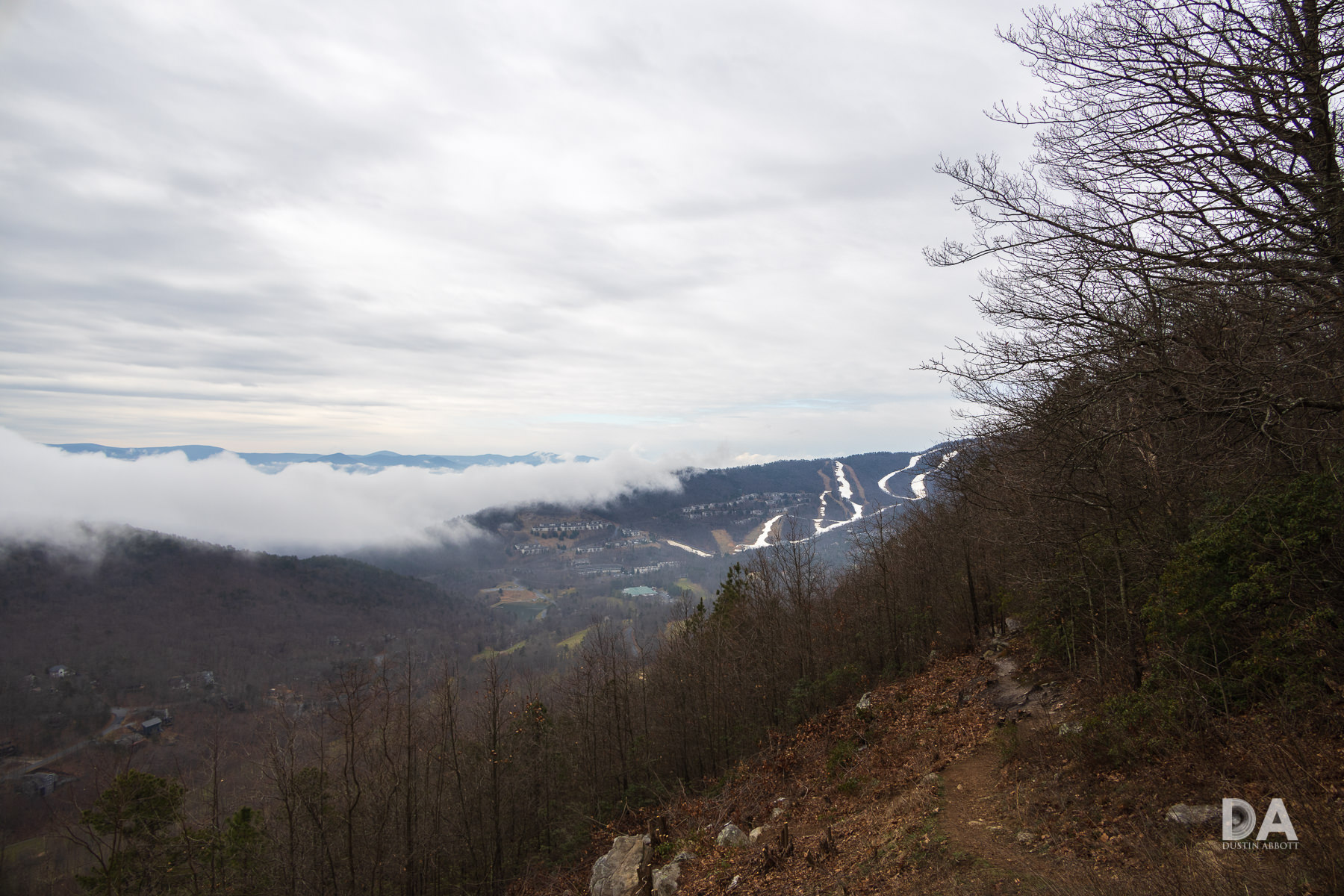
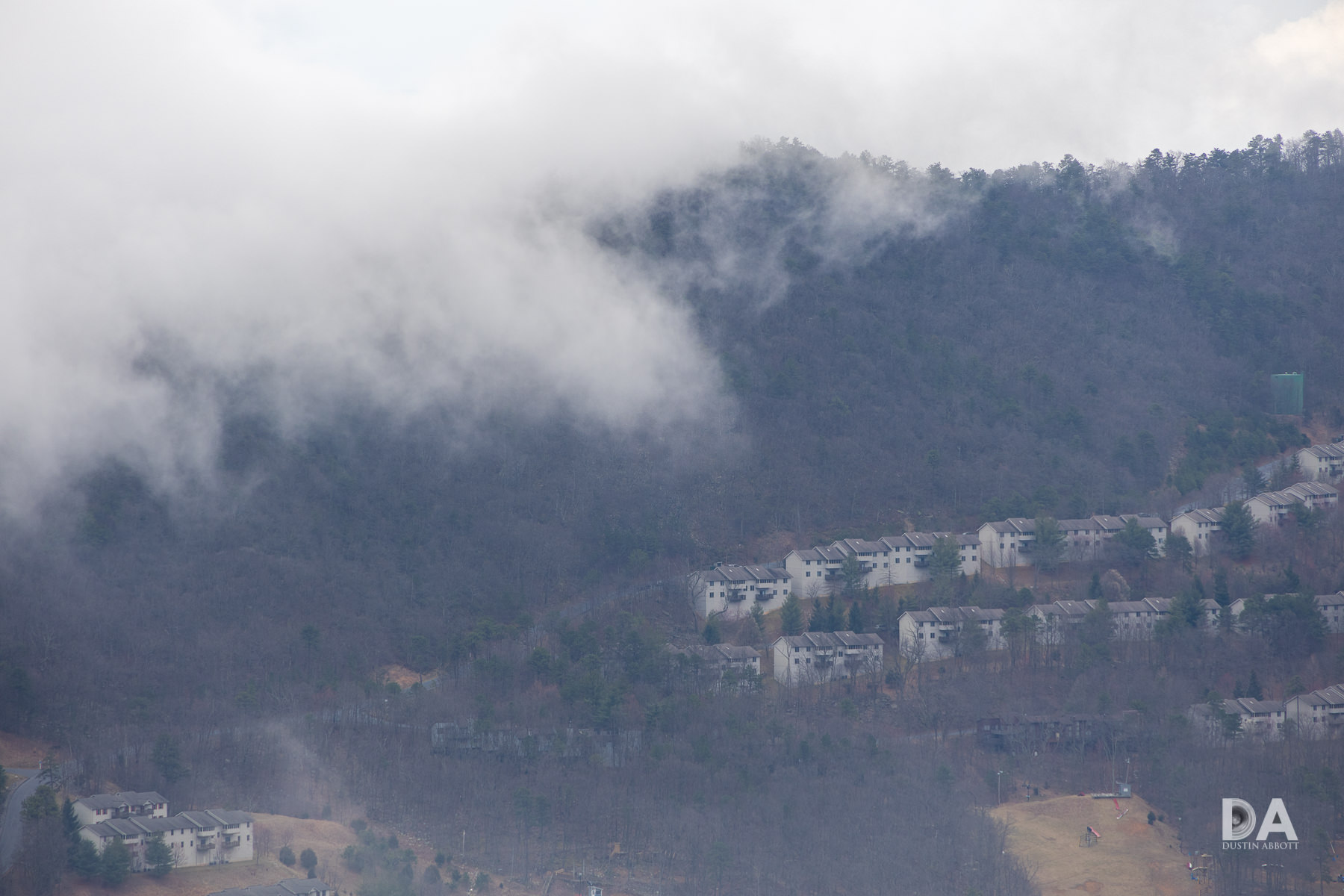
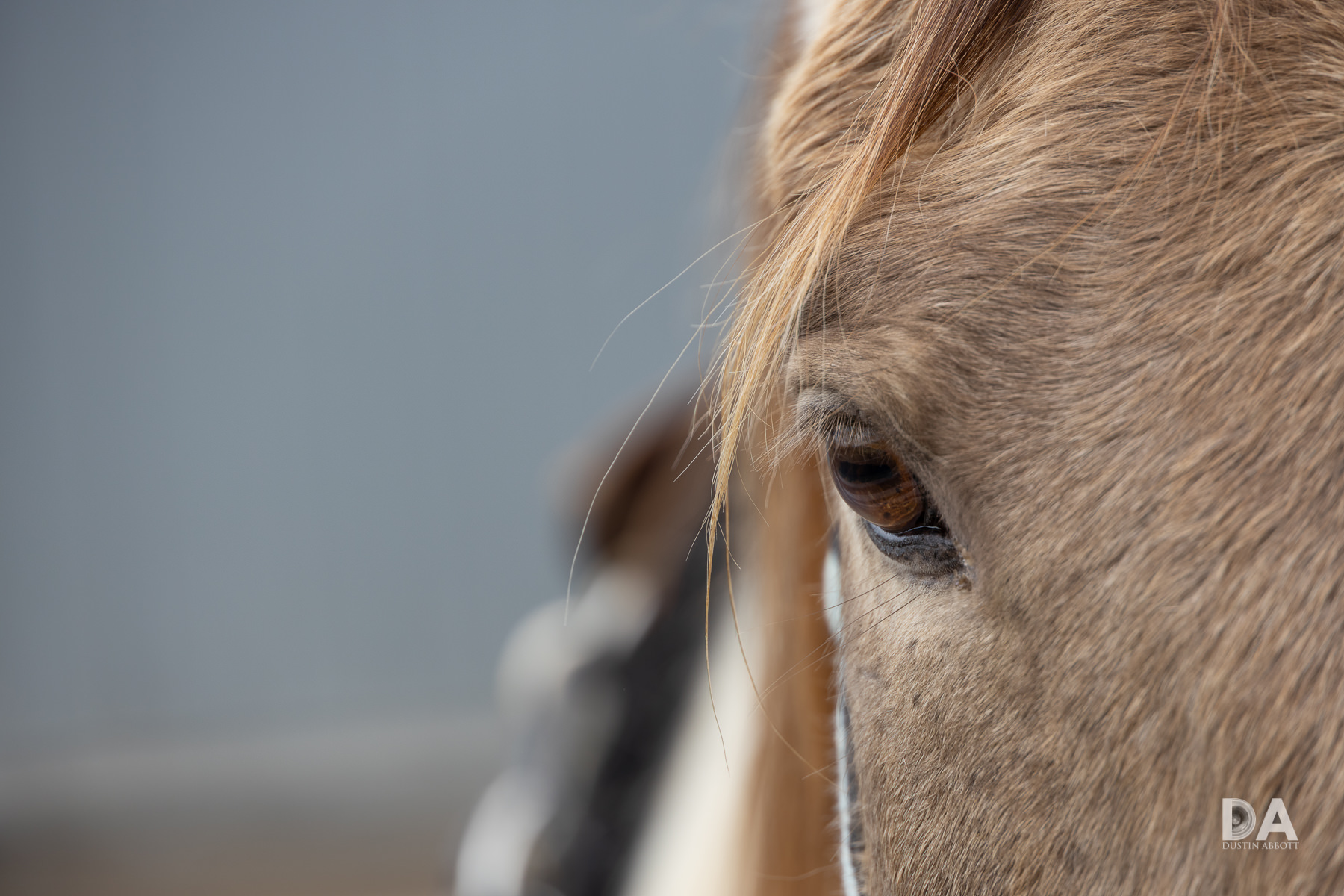
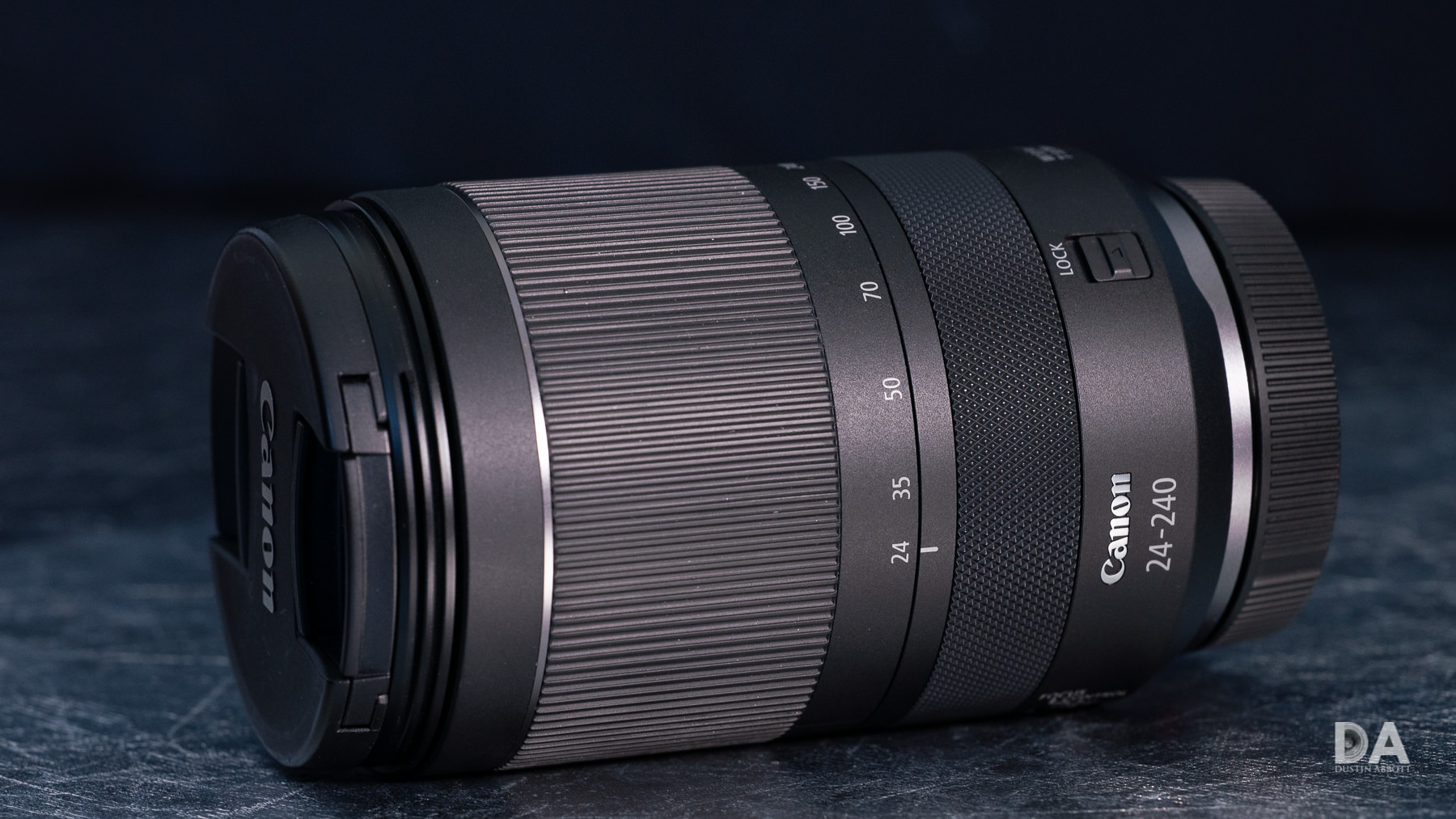
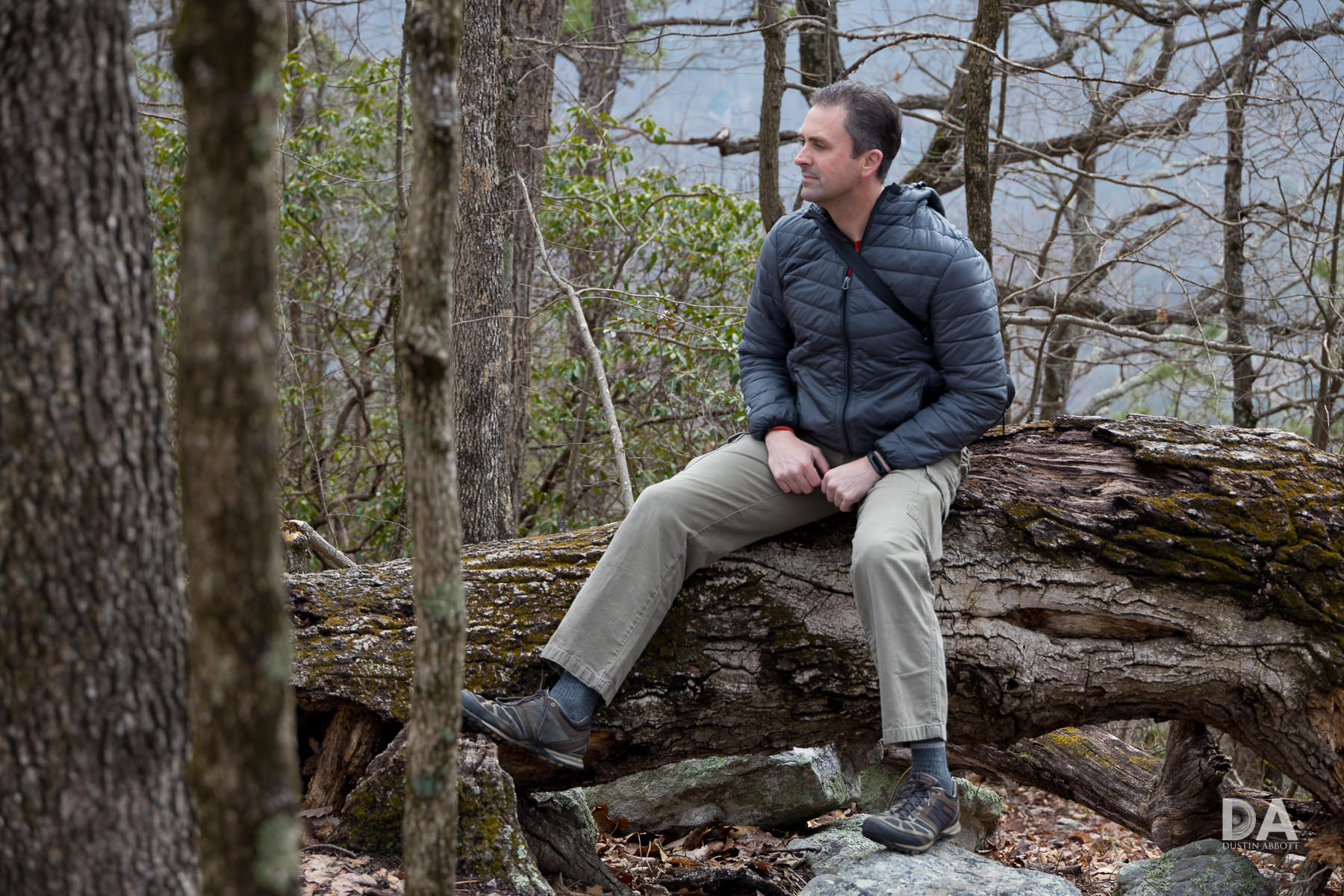

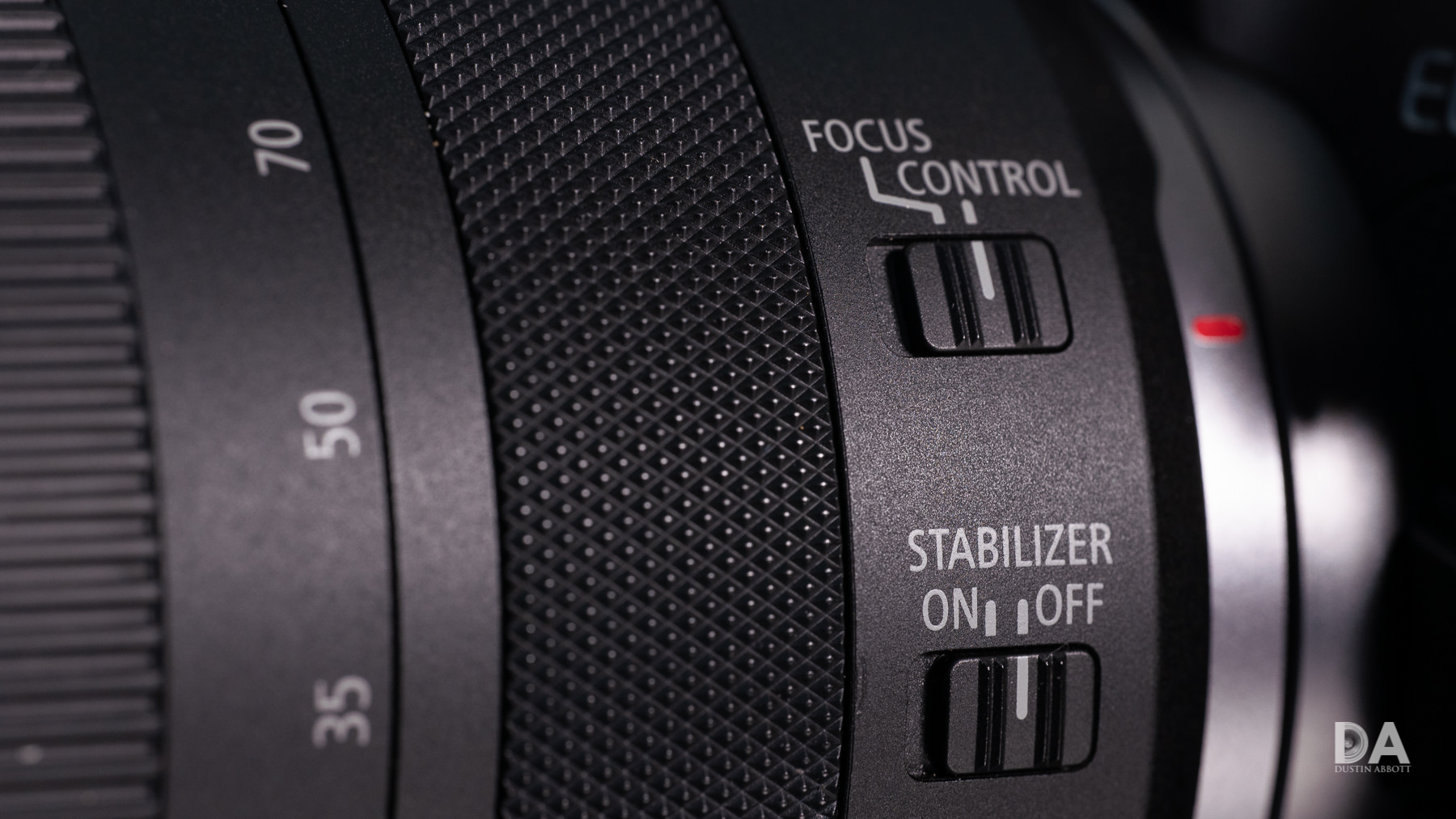

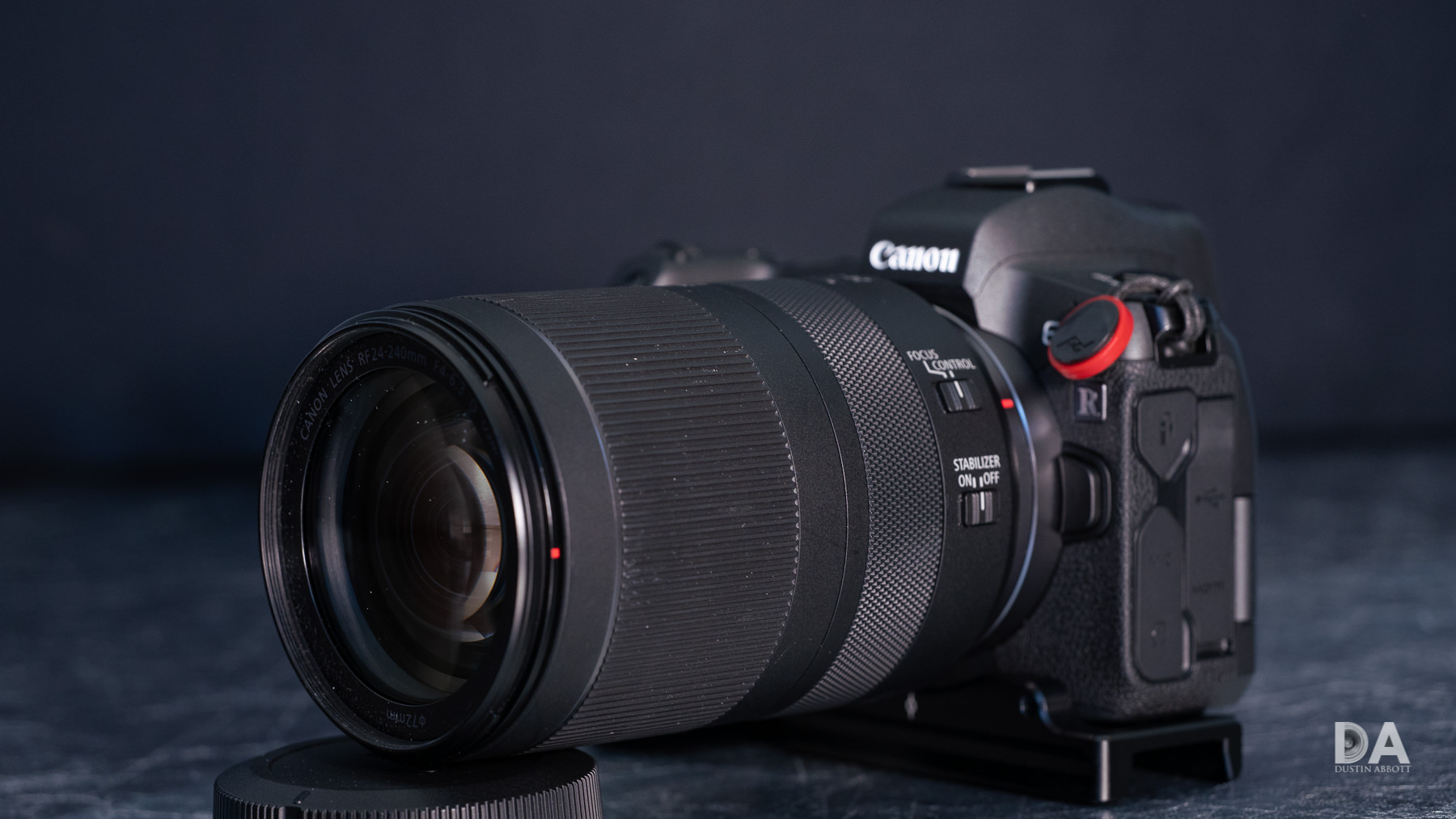
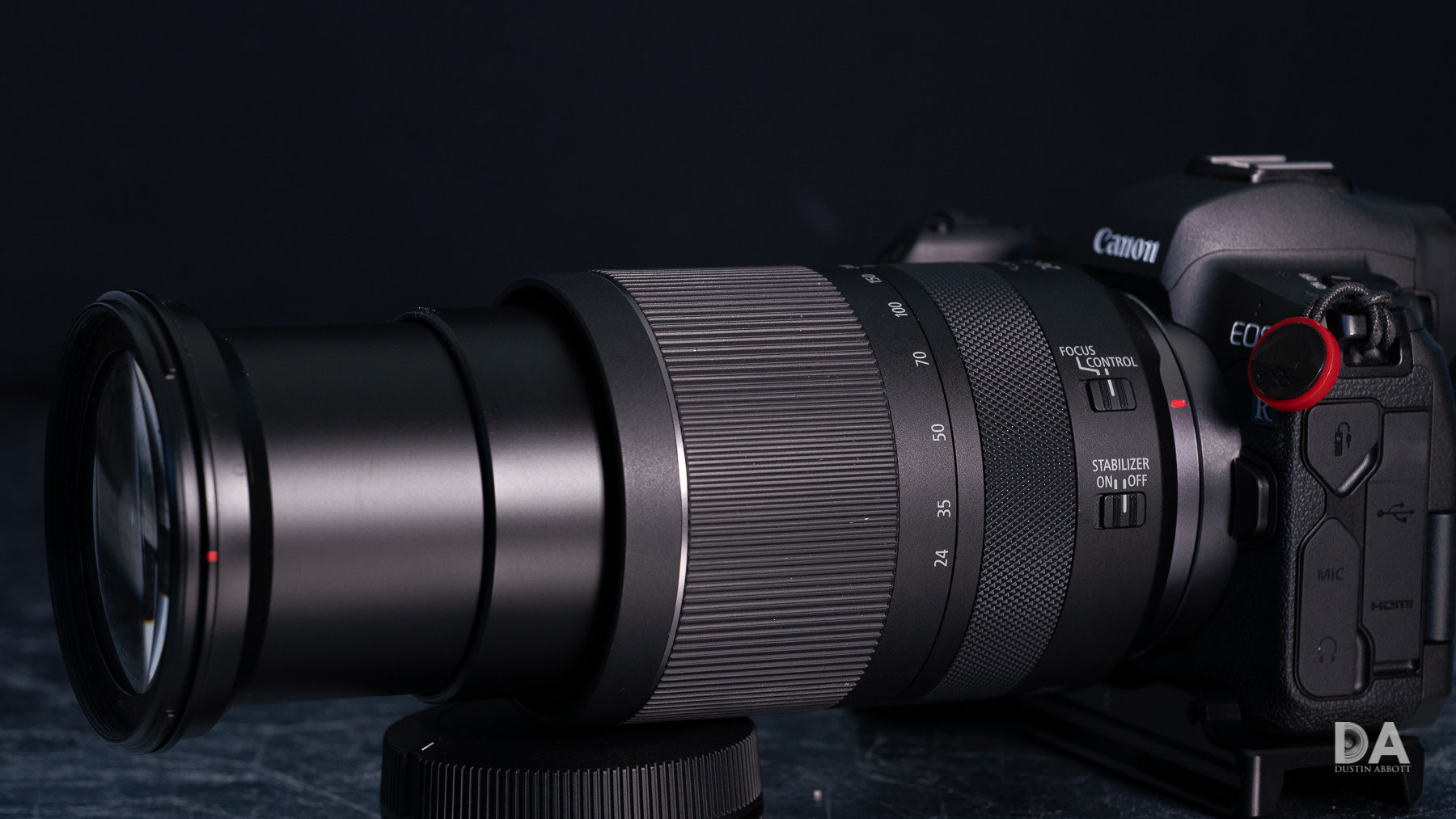
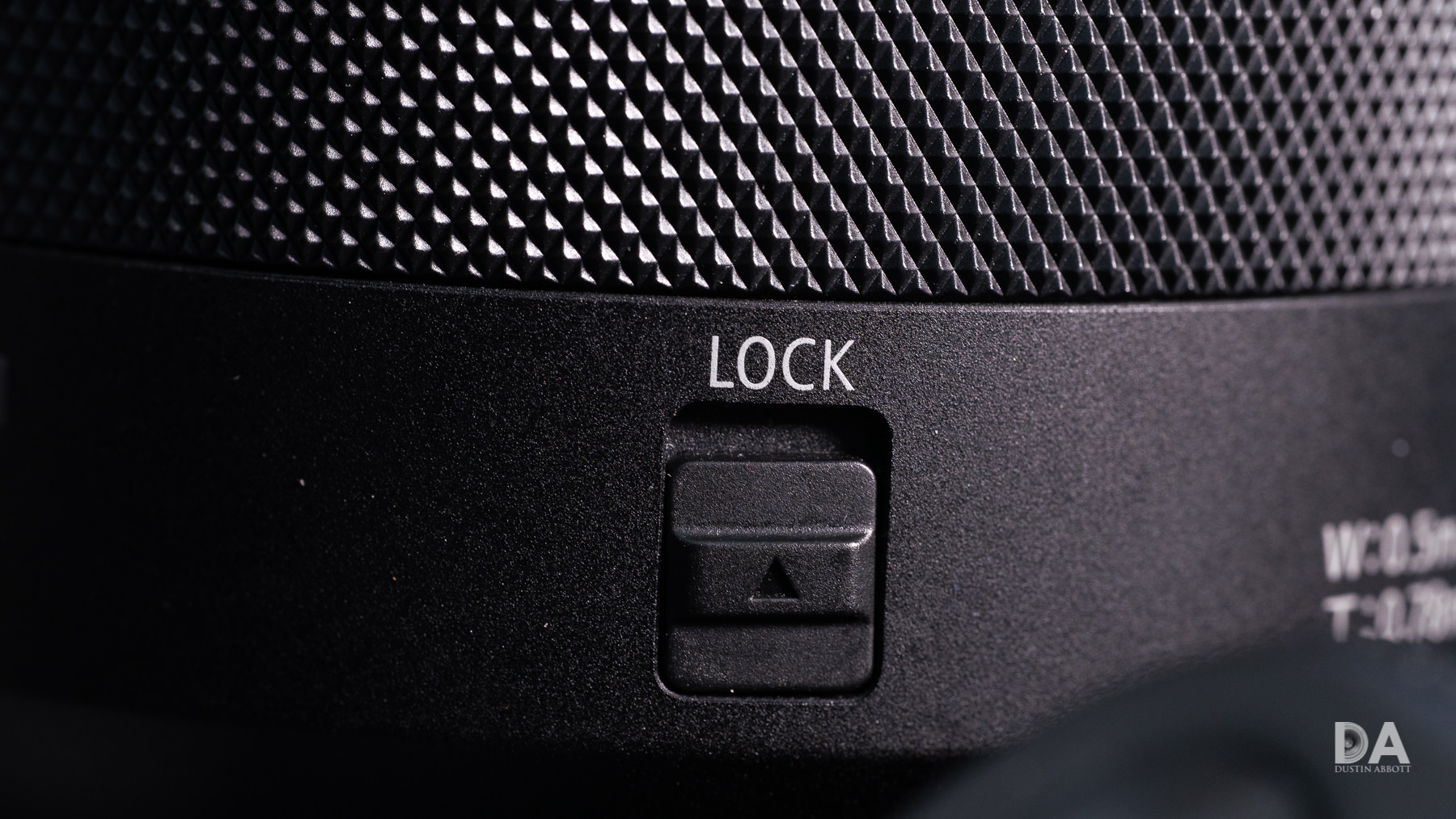
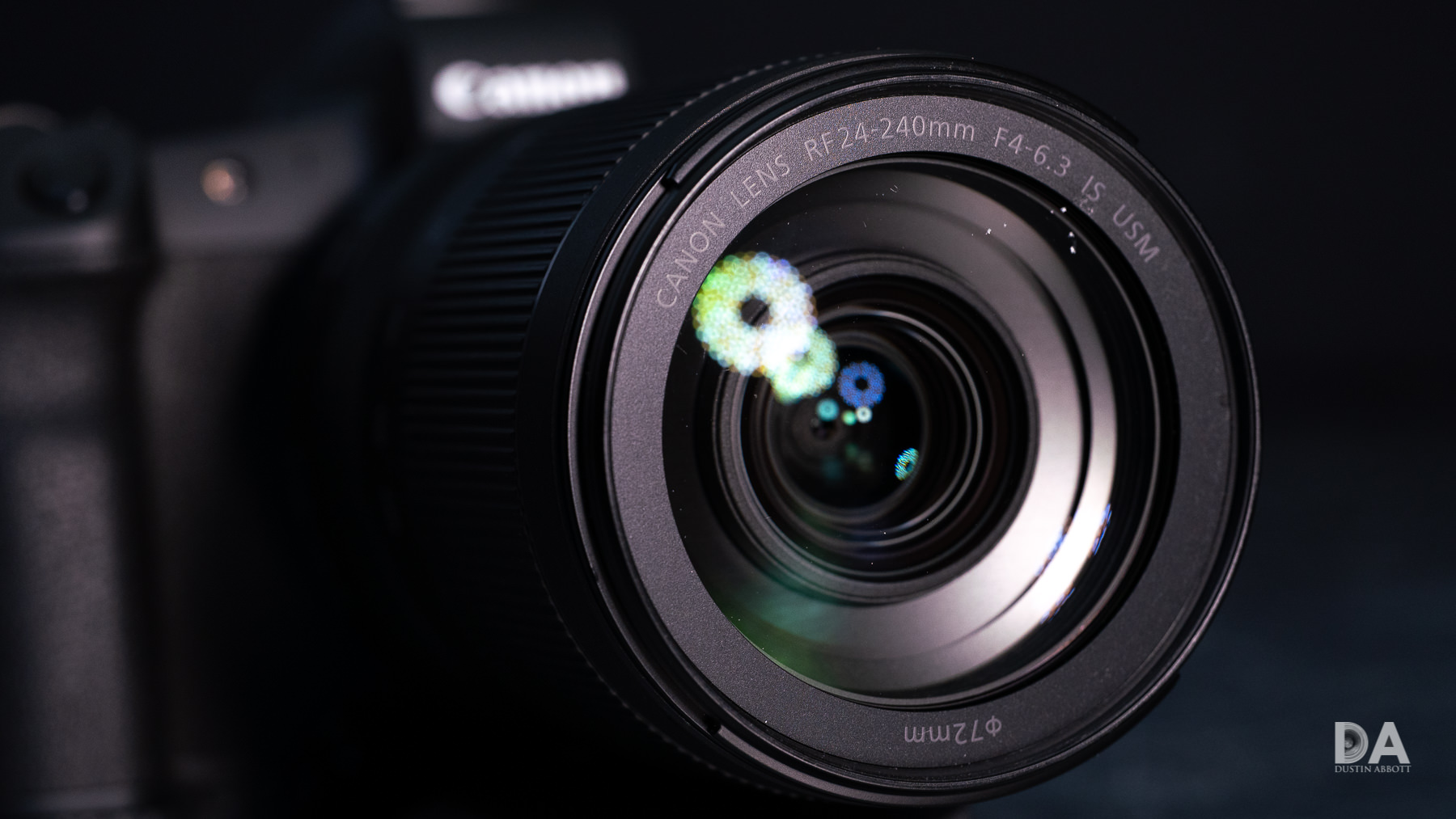

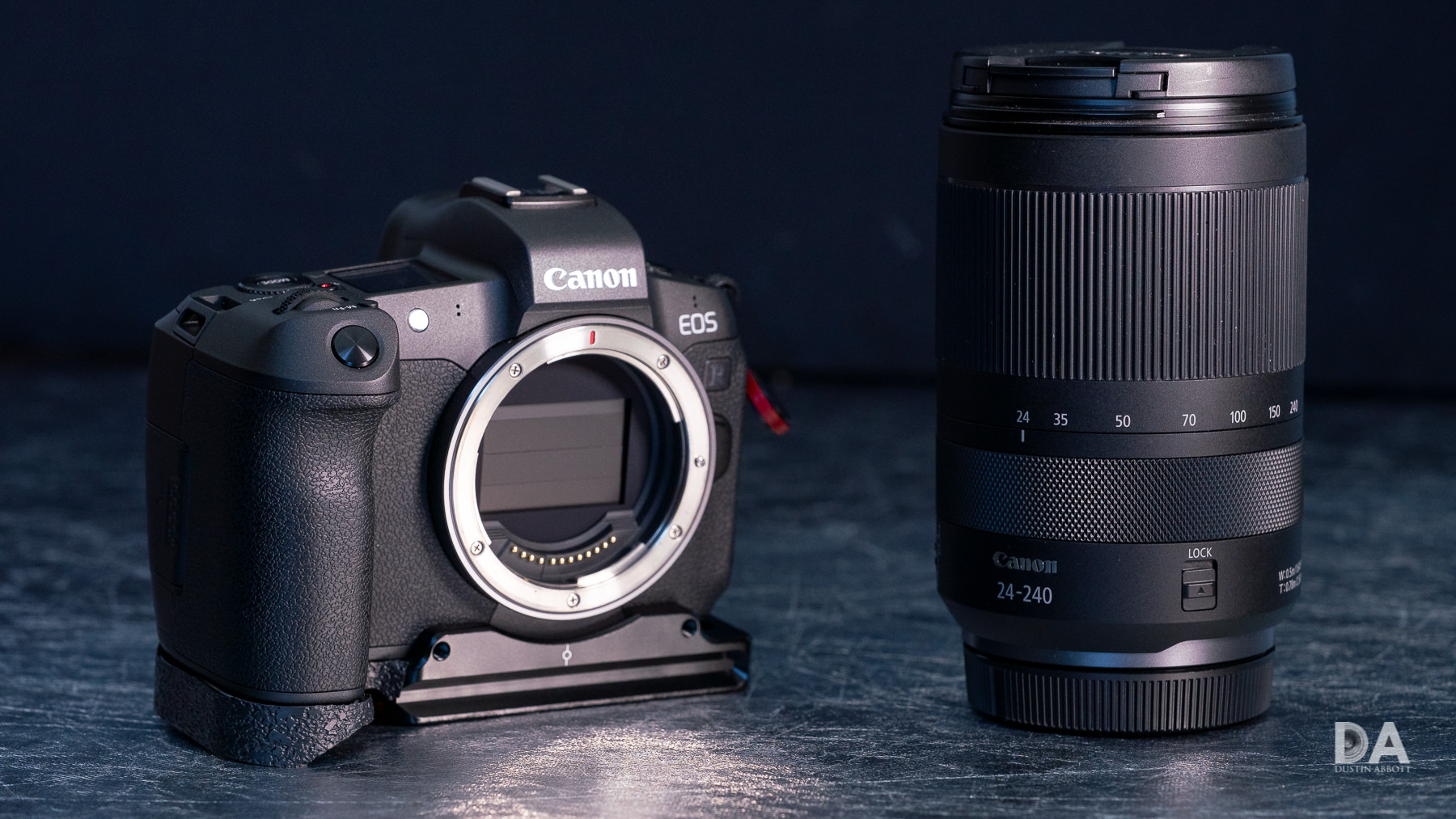










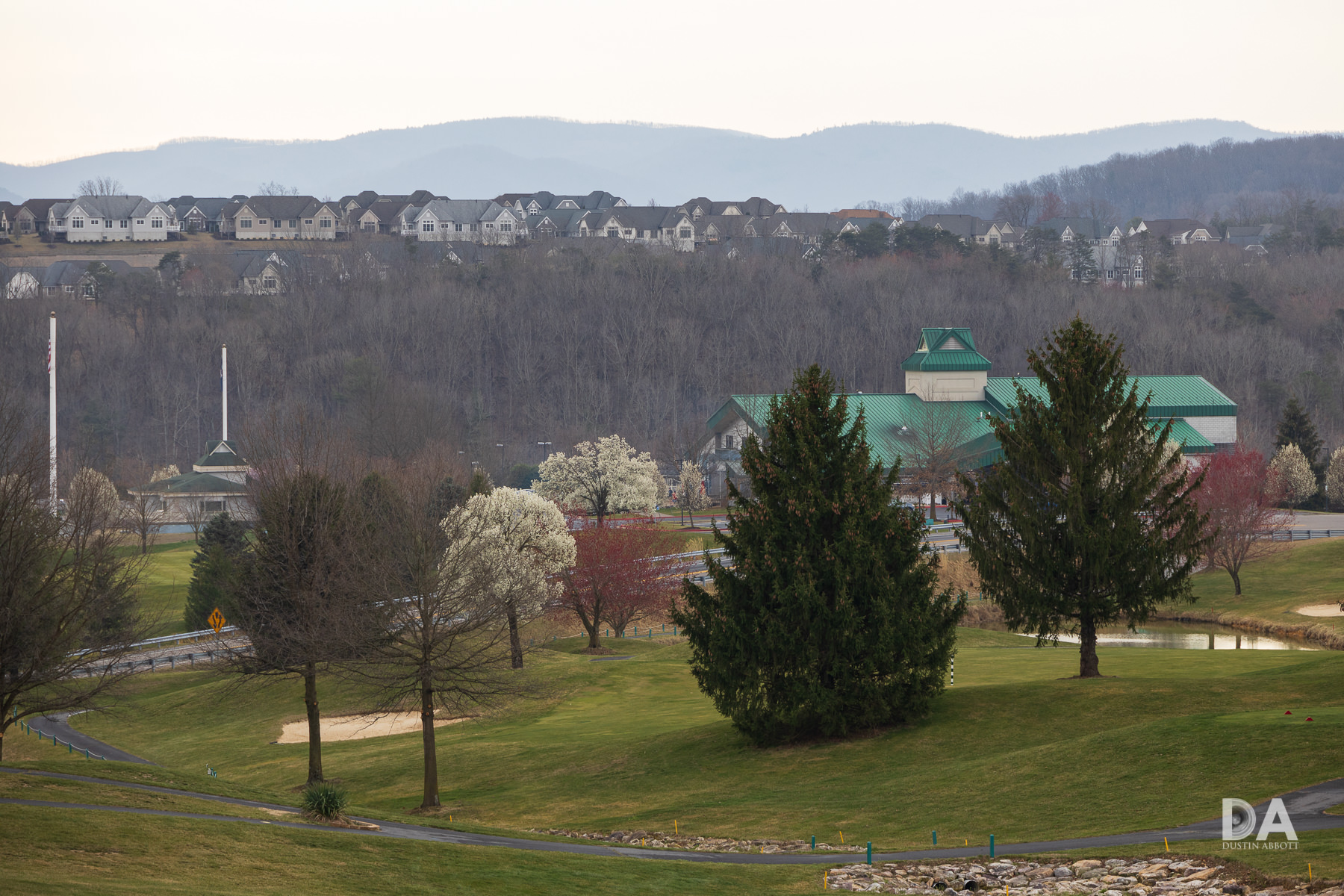
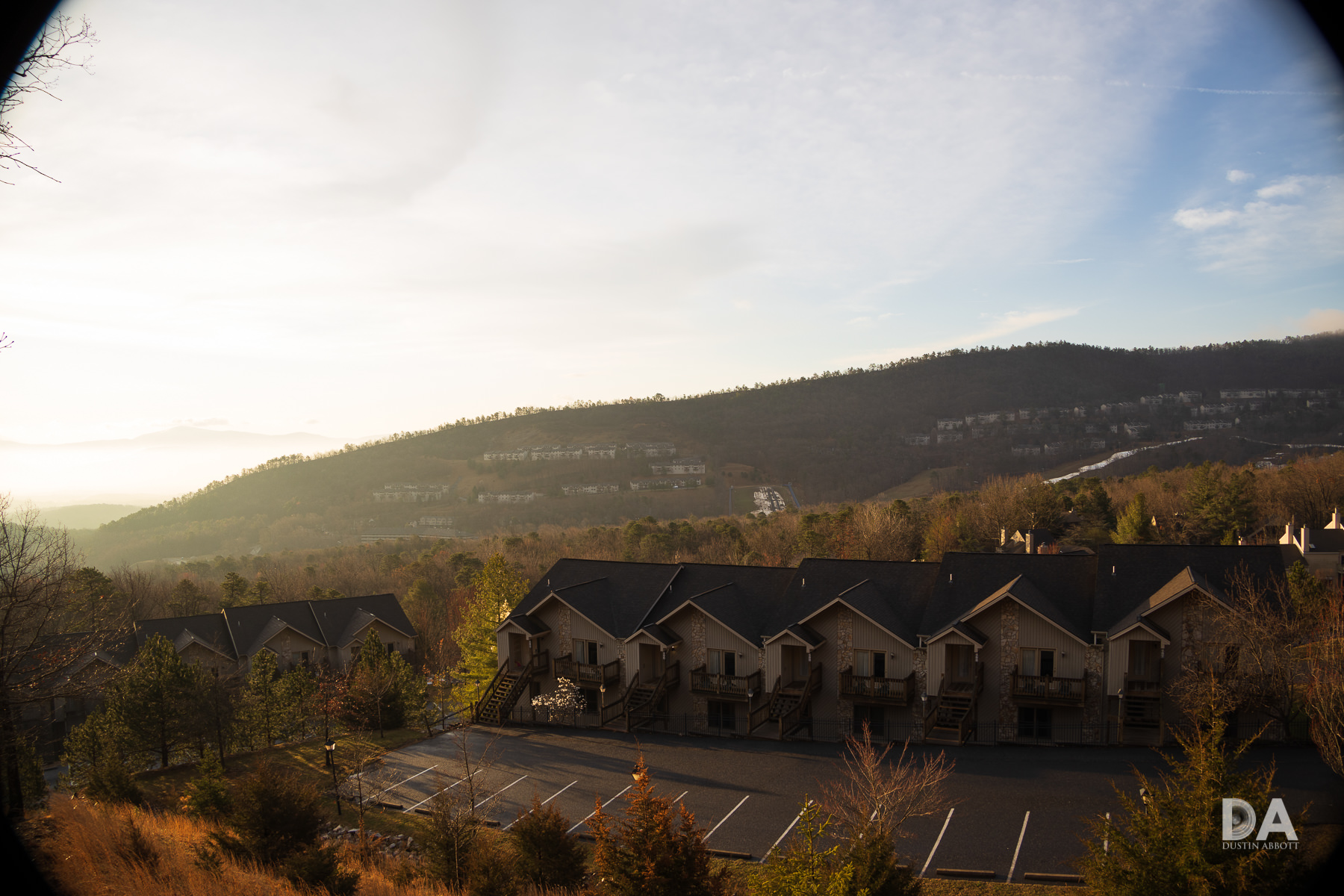
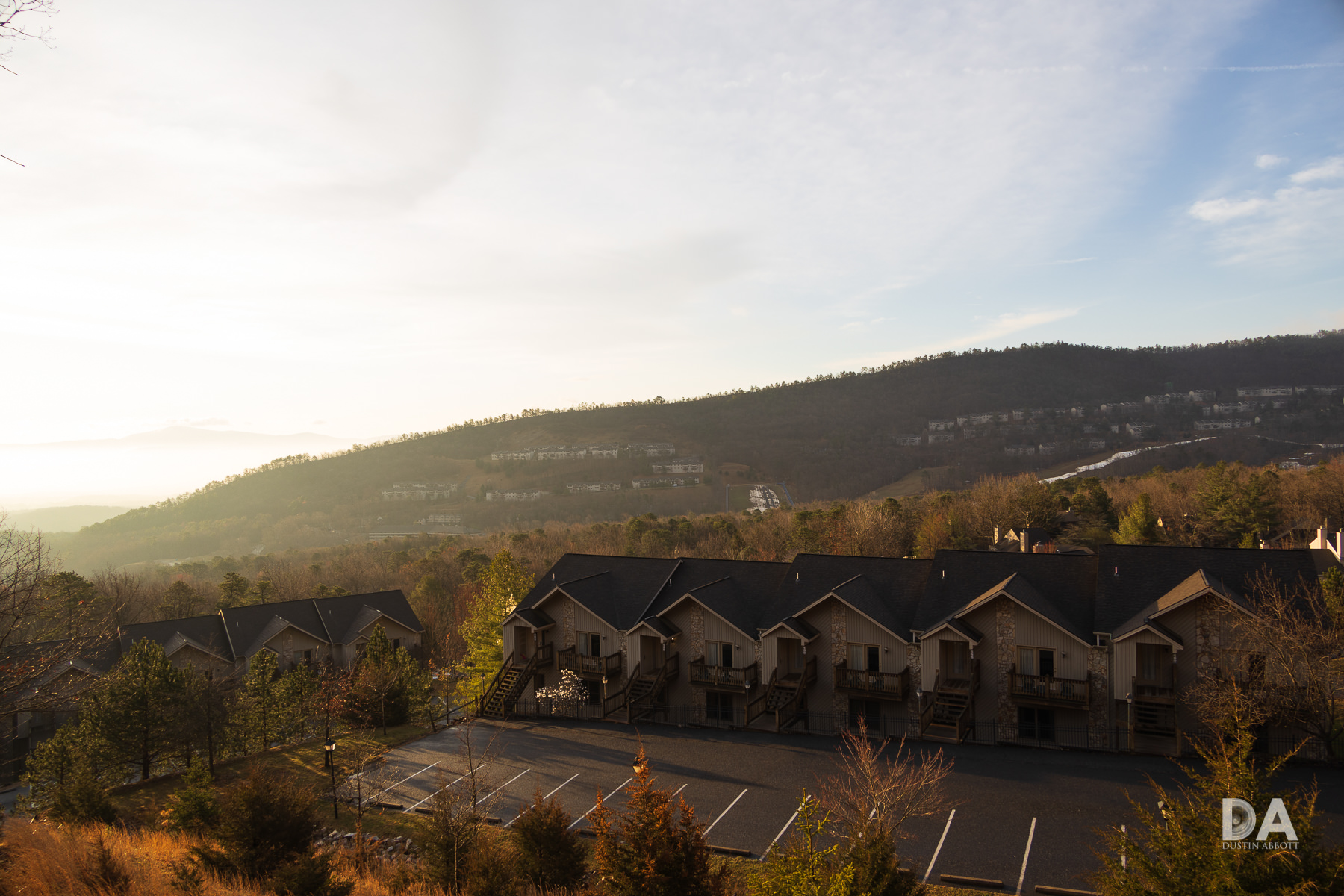


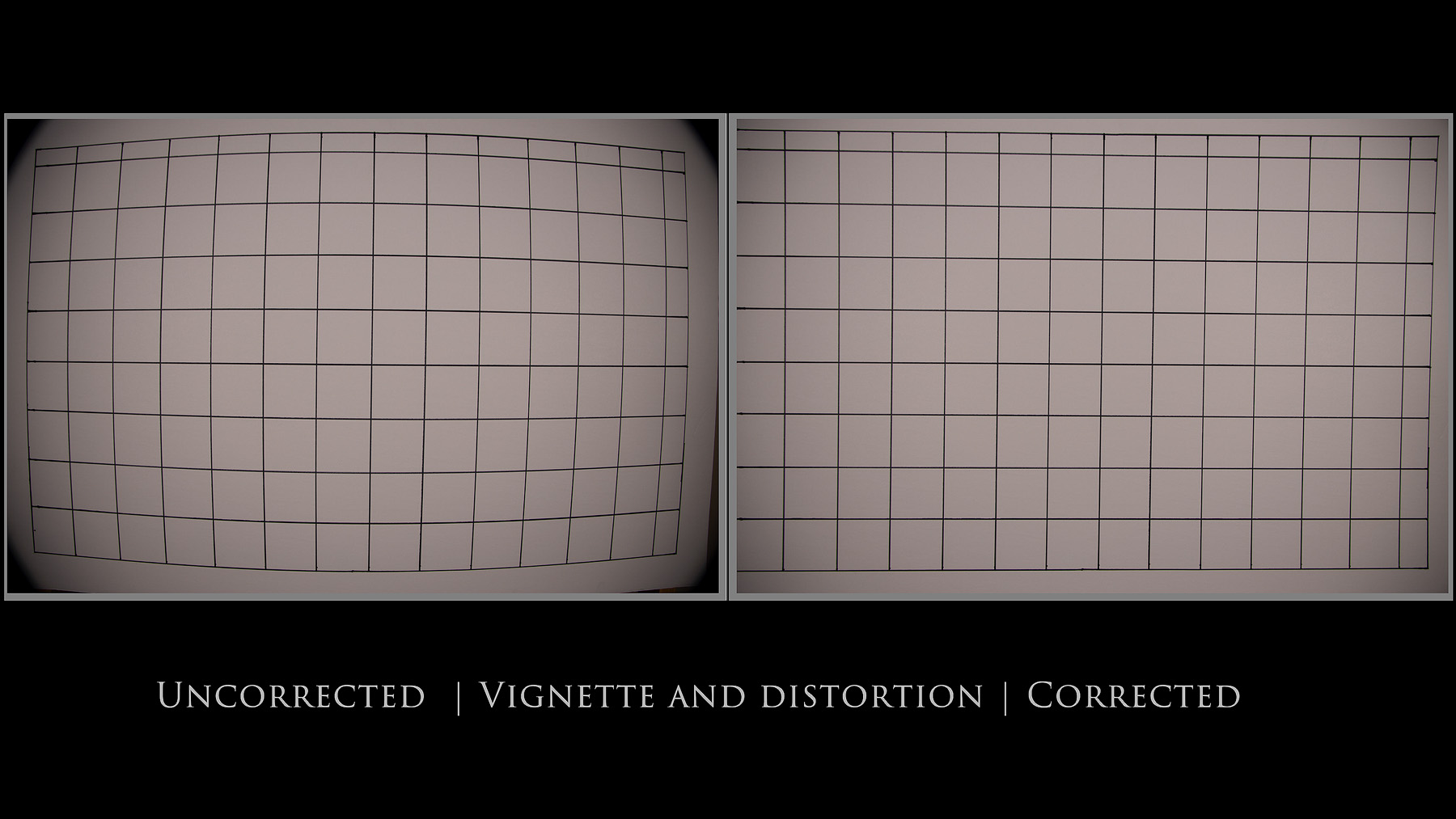
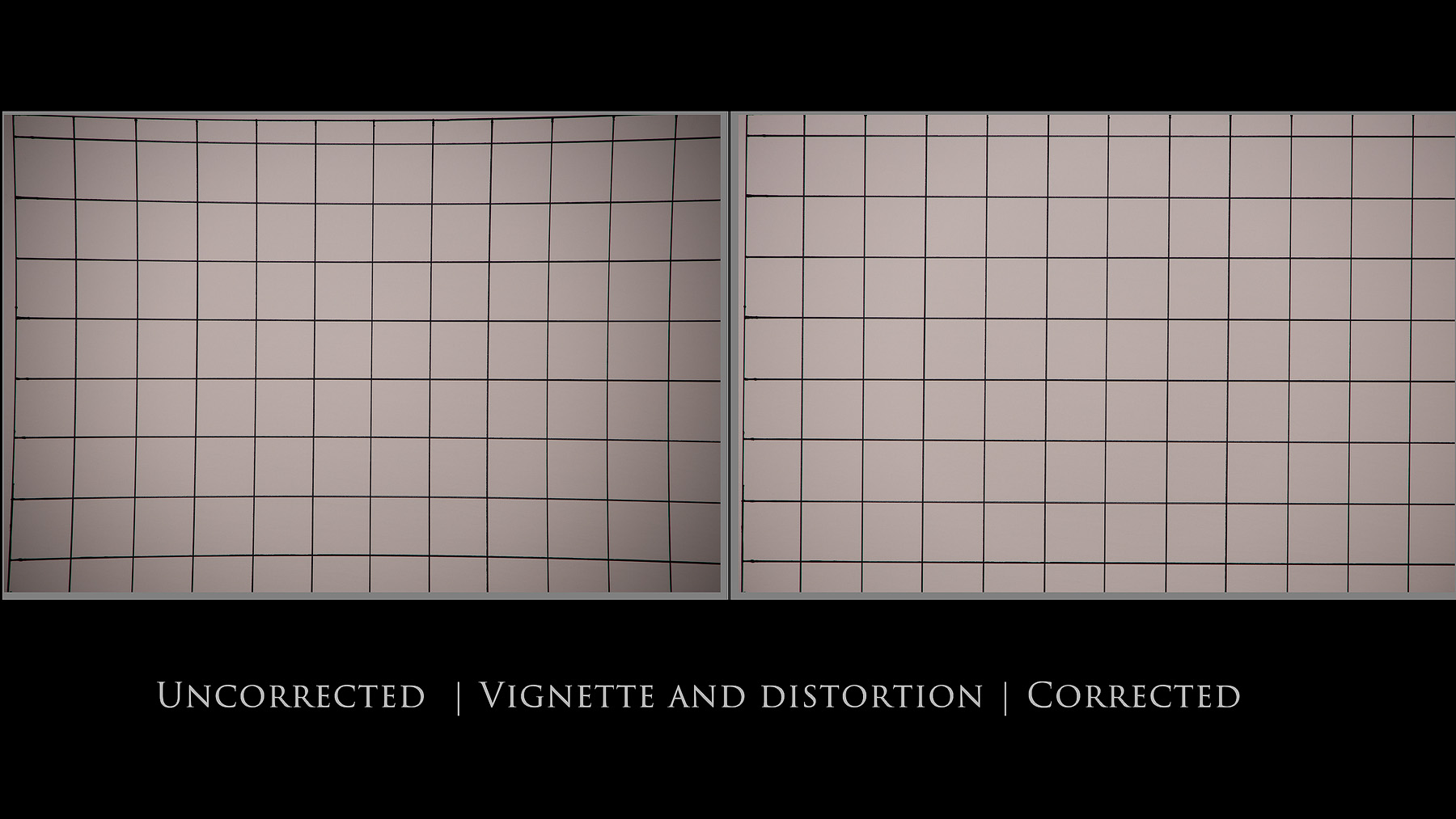
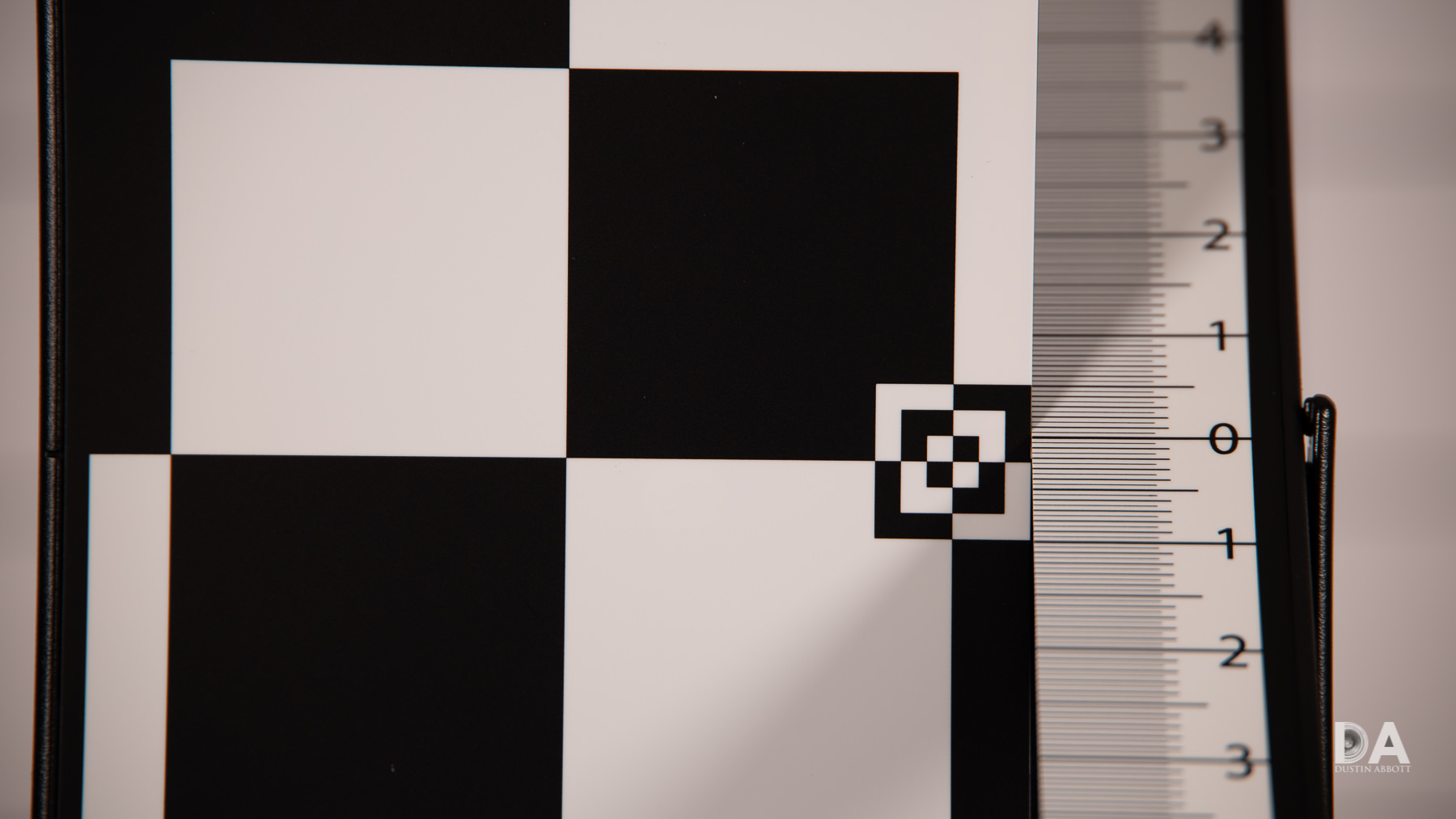








































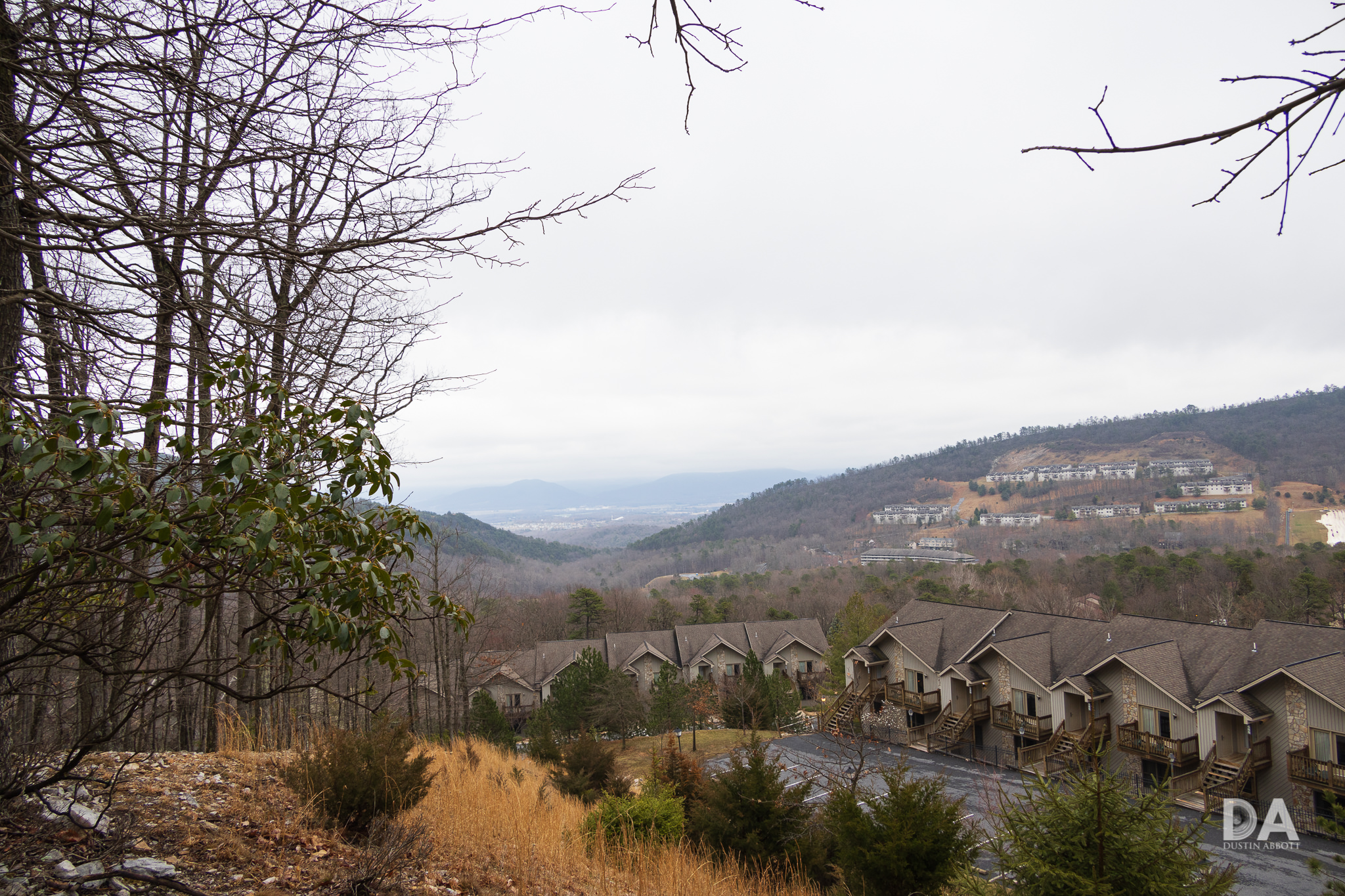












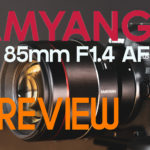



[…] is voor $ 799, is het veel betaalbaarder dan die van Canon andere first-party lenzen. Hoewel ik zou lees de recensie van Dustin Abbot alvorens te kopen, aangezien Canon een aantal behoorlijk intense digitale trucs gebruikt om deze […]